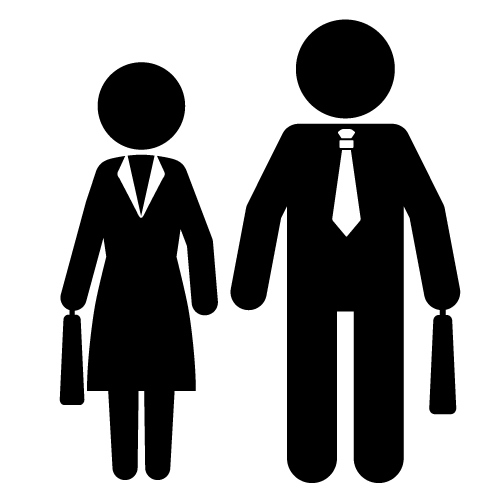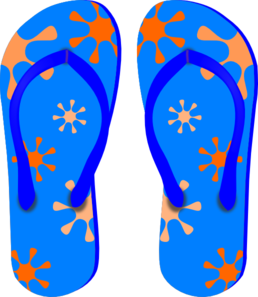
Workplace Violence
June 4, 2019
Can Men and Women Really Work Together?
July 15, 2019Are you seeing more of your employees than you are comfortable with? Warmer weather means people are more likely to wear clothing that is appropriate for the beach or a backyard barbeque (shorts, sundresses, flip flops, etc.) and not for the workplace.
Dress codes in general have become more relaxed in recent years (remember when business suits were required every day?) and, as a result, employees may be confused about what is or is not acceptable attire on the job. Workplace dress codes vary greatly depending upon industry, position within a company and geographic region. Some jobs have very specific safety regulations about hair length, facial hair, jewelry, shoes, etc.
If your company doesn’t already have a dress code or has one that isn’t clear about expectations, it may be time to update and remind employees about what they may and may not wear to work. Even if your employees wear uniforms, you may need a policy to address some of the following issues:
- Grooming – we shouldn’t have to tell adults to come to work clean and neatly groomed (including hair) but we do. Having a written policy that clearly states this expectation makes it easier to address problems when they occur.
- Gender neutral – in today’s world, we should avoid policy statements such as “women may only wear one small earring in each ear.” After all, men also wear earrings and a statement such as this one may be considered discriminatory.
- Establish guidelines depending upon the nature of your business or employees’ jobs. For example, employees who meet with clients may be expected to dress more “formally” than employees who work in the office or warehouse.
- Are there safety regulations to be considered? Do employees need to wear clothing that will protect them from equipment used on the job? For example, fire-retardant clothing, closed-toe or steel-toe shoes, long sleeves and/or pants?
- What is your company culture? Today’s workplace includes people from diverse backgrounds with eclectic personalities. The old days of the IBM pin-striped suit and button-down shirt are long gone, even at IBM which introduced a business casual dress code in the 1990s.
- Other things to consider:
- Hair color (natural vs. purple, green, etc.) and length – policy should be the same for men and women
- Excessive jewelry
- Visible tattoos (21% of Americans have tattoos, 36% of those between ages 18 and 29)
- Bare shoulders or sleeveless tops
- T-shirts, logo shirts, sweatshirts, etc.
- Shorts and skirt lengths
- Pants – jeans, leggings/jeggings, capris, “yoga” pants, etc.
- Athletic clothing and shoes (warm-up suits)
- Footwear – socks, sandals, stiletto heels, etc.
A carefully written dress code policy can help you create the workplace image that makes your business successful. Being clear with your employees about workplace expectations for what they wear at work also makes it easier to address violations of the dress code when they occur.
An HR professional can help you with all of your human resources needs, from hiring the right employees, running background checks, creating employee handbooks that include anti-harassment policies and procedures, managing employee performance, staying legally compliant, automating employee records, and anything else you need to create an environment where employees can provide the services that you need to run your business.


